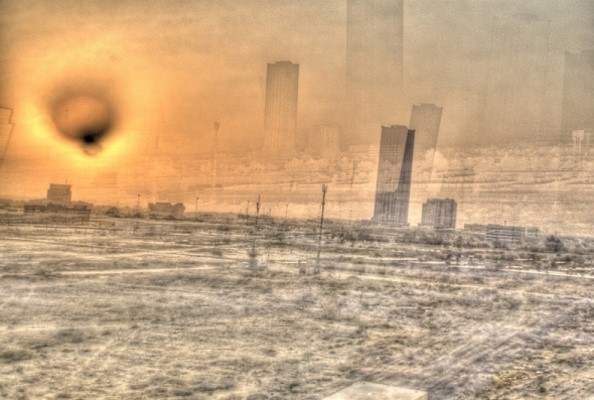-
Tips for becoming a good boxer - November 6, 2020
-
7 expert tips for making your hens night a memorable one - November 6, 2020
-
5 reasons to host your Christmas party on a cruise boat - November 6, 2020
-
What to do when you’re charged with a crime - November 6, 2020
-
Should you get one or multiple dogs? Here’s all you need to know - November 3, 2020
-
A Guide: How to Build Your Very Own Magic Mirror - February 14, 2019
-
Our Top Inspirational Baseball Stars - November 24, 2018
-
Five Tech Tools That Will Help You Turn Your Blog into a Business - November 24, 2018
-
How to Indulge on Vacation without Expanding Your Waist - November 9, 2018
-
5 Strategies for Businesses to Appeal to Today’s Increasingly Mobile-Crazed Customers - November 9, 2018
Middle East Crises Have Unbelievable Effect On Air Pollution
The colors represent changes in the tropospheric concentration of nitrogen dioxide in 1015 molecules per square centimeter during the period observed.
Advertisement
However, models from the Intergovernmental Panel on Climate Change, which assumes such emissions increase by 2% in the Middle East between 2005 and 2030, need to be rethought.
Nitrogen oxides are released into the atmosphere, produced by the burning of fossil fuels and to a lesser extent biofuels and agriculture. In addition, the Max Planck Institute for Chemistry researcher from Mainz, Germany, also says, “Each of these countries has an individual story”. These have been shown to have a significant impact on air quality and climate change.
In Cairo, for example, nitrogen dioxide levels increased gradually by 5 to 7 per cent in the years preceding the Egyptian Revolution.
Reductions in the levels of nitrogen oxide and sulfur dioxide contain clear signatures of the civil war in Syria, incursions by the so-called Islamic State into major Iraqi cities, and the worldwide community’s economic sanctions against Iran.
For instance, the amount of nitrogen dioxide in Damascus’s air have dramatically dropped by up to half compared to before the civil war started, according to BBC News. Not coincidentally, the areas under control of ISIS registered the steepest decline in emissions.
Lelieveld also confides that war is an entirely human construct but has human consequences as well as ecological consequences and this means, then, that the dropping levels of pollutants in the Middle East regions is probably a good sign.
Scientists analyzed data that were measured by NASA’s Aura satellite since 2005 over several Mediterranean states and the Middle East and transmitted to earth every day.
In countries like Syria, where millions of people have attempted to flee the fighting since 2011, levels of nitrogen dioxide plummeted over Damascus and Aleppo. But in this case, they study authors concluded, “it is tragic” that some of the improvements “are associated with humanitarian catastrophes”. It is also found that emissions from Iranian ship traffic, important for the oil exports, dropped drastically.
But in nearby Lebanon, there was a “drastic” rise of up to 30% of the same pollutant, thanks to the influx of refugees. From 2005-10 the Middle East has been one of the regions with the fastest growing air pollution emissions.
It is no surprise that nitrogen oxide emissions are changing with the economic performance of many countries.
Furthermore, lead study author Jos Lelieveld comments, “It is fantastic how strong the changes have been in the Middle East”.
Expanding over the scope of their study, the German researchers also looked at possibly the hardest hit country by the economic crash of 2008, Greece. The drop in pollutants was particularly noted beginning in 2010.
Advertisement
“For many countries for which we have little information, the emissions scenarios make very simple assumptions – these definitely do not work in the Middle East as they go in all directions”, said Lelieveld.




























